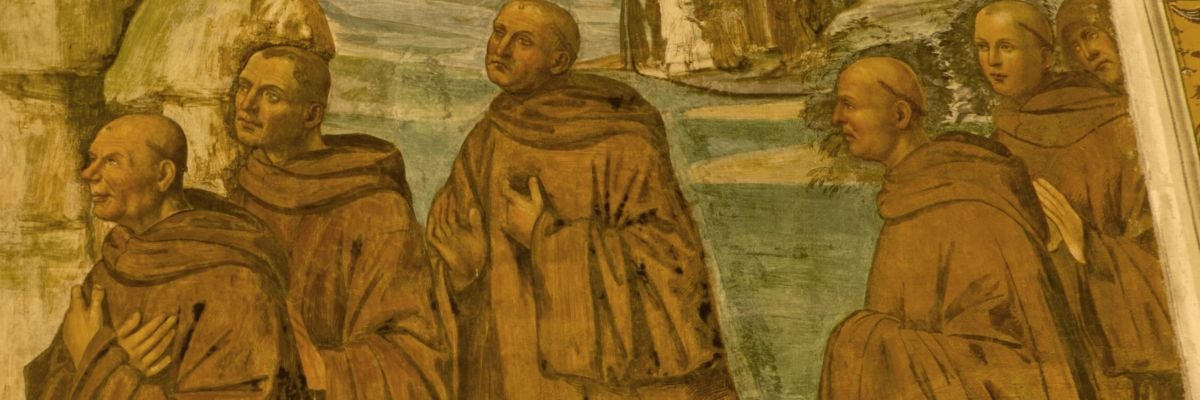
Question:
Answer:
Basically, there are different religious orders in the Church because each order has its own purpose. For example, the Franciscans have a special love for and identification with the poor. Dominicans are especially interested in preaching, as is indicated by the fact that the official name of the order is the Order of Preachers. Other groups, such as the Benedictines, are monastic rather than active in the world like the Franciscans and Dominicans.
Not all priests are consecrated religious. Only those priests who belong to a particular order are consecrated religious, although a secular priest can join an order as a tertiary who lives in the world (e.g., Pope John Paul II was a third-order Carmelite). Permanent deacons and laypeople can also belong to the tertiaries of a particular order of their choosing. If a transitional deacon is also a consecrated religious, he belongs to that religious order.


